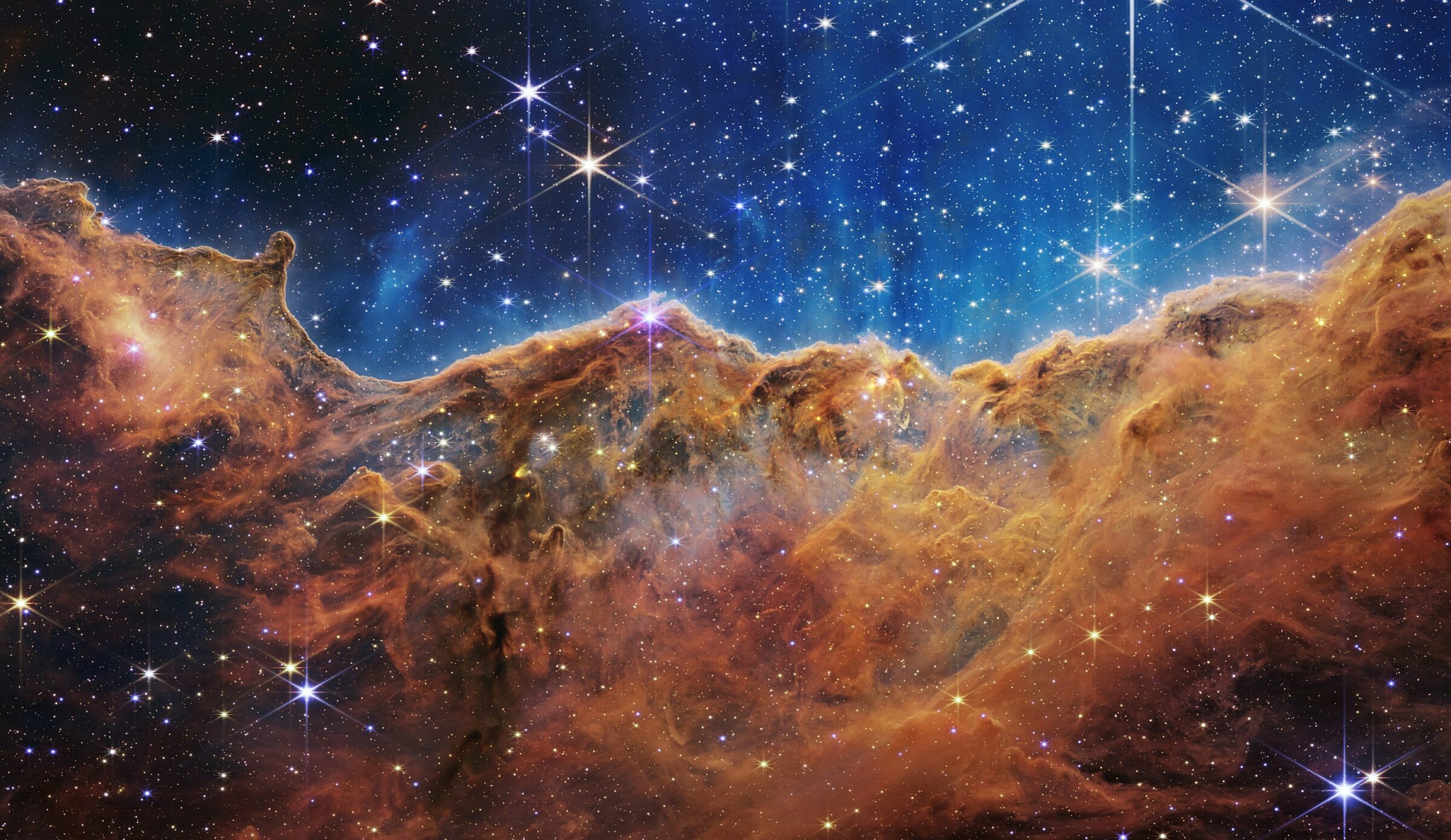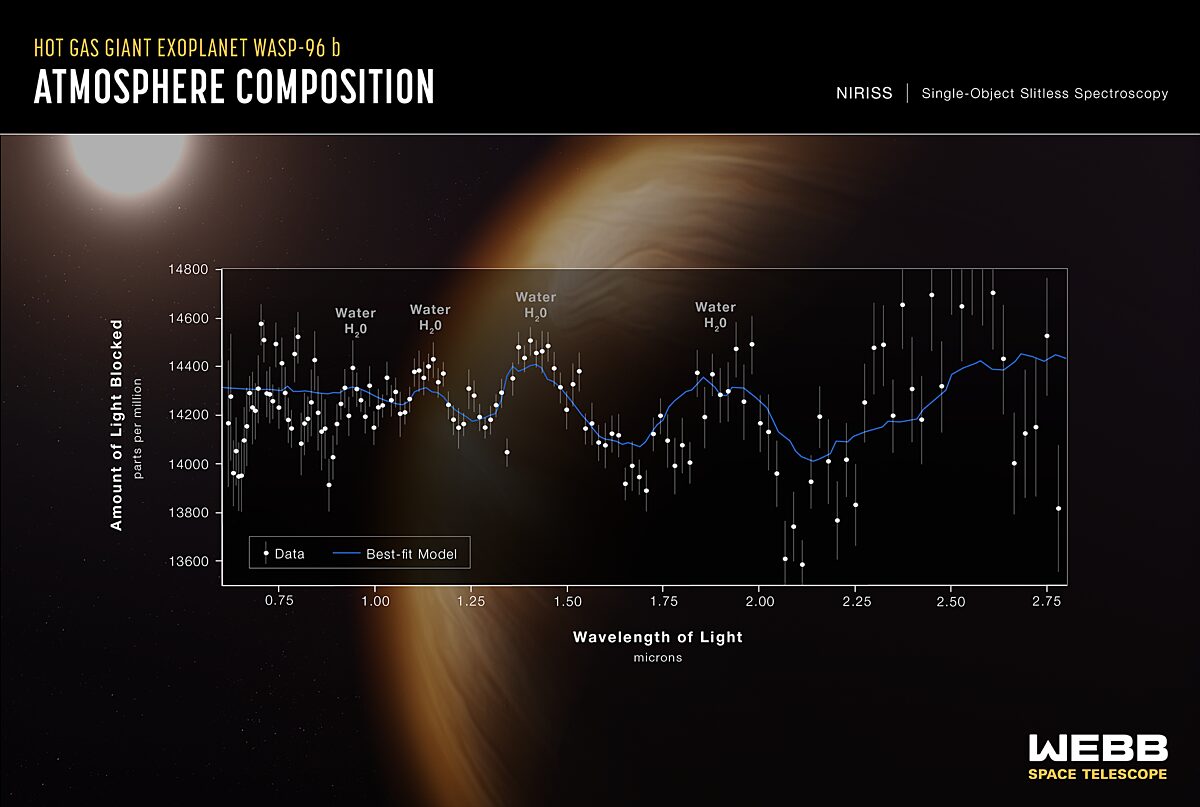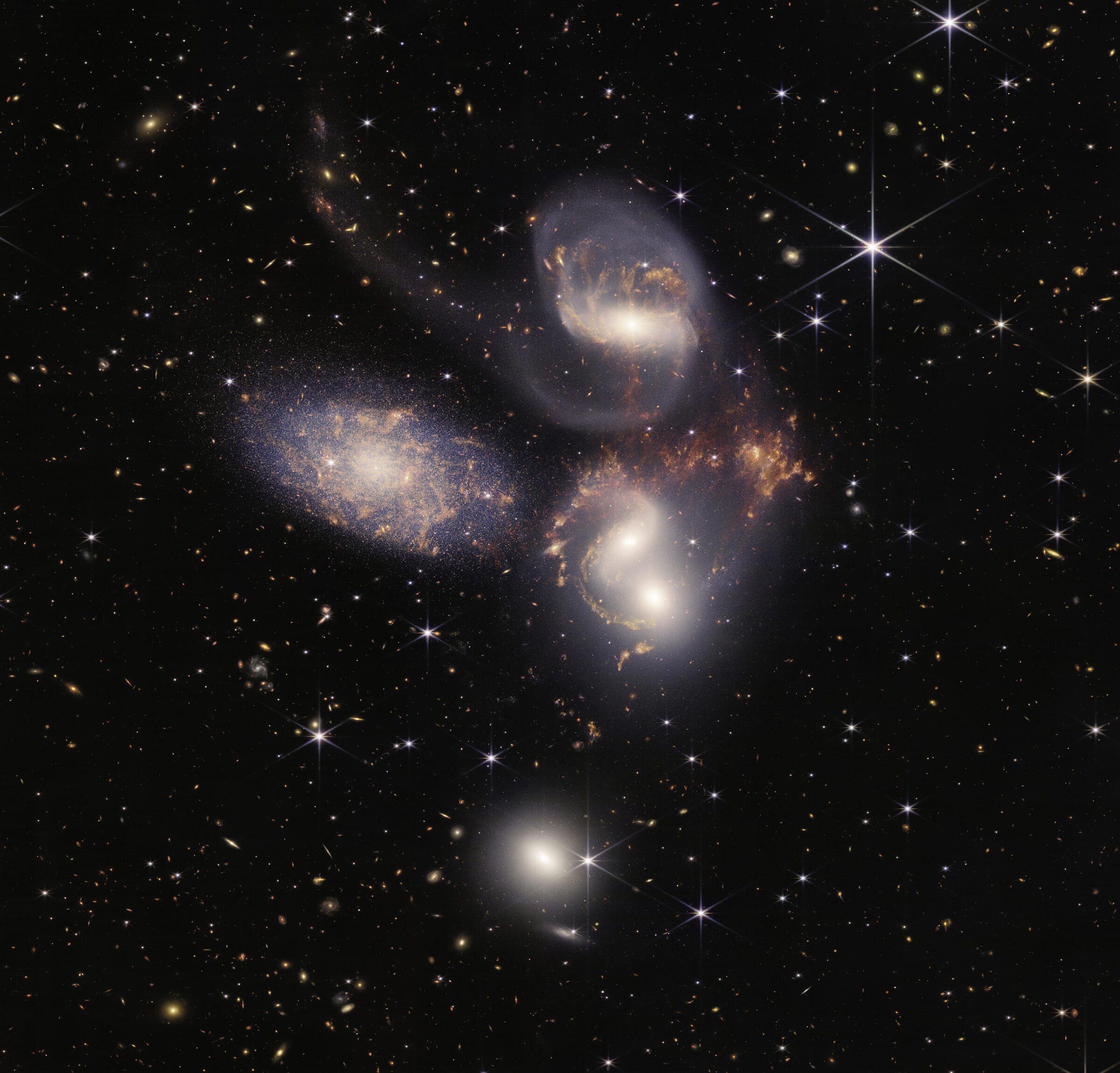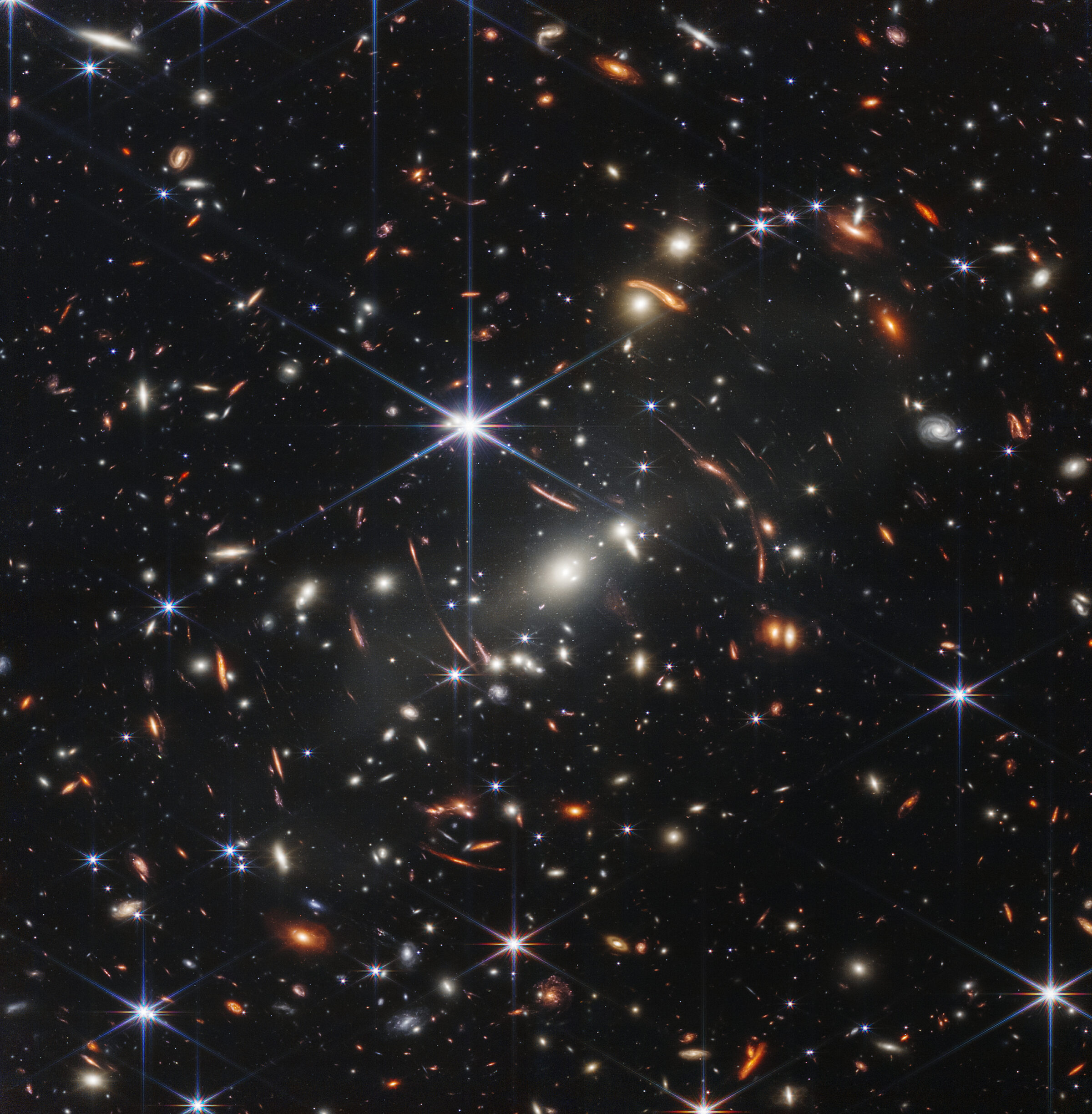Rae Paoletta • Jul 12, 2022
See JWST's amazing first science images
The wait is finally over.
After roughly seven months of commissioning, today, July 12, 2022, the James Webb Space Telescope (JWST) revealed its stunning first science images of the Carina Nebule, WASP-96 b (spectrum), Southern Ring Nebula, and Stephan’s Quintet.
The successor to NASA’s Hubble Space Telescope is officially on its way to becoming a powerful exoplanet investigator. These images mark a crucial and exciting step in JWST’s mission to explore distant galaxies, study the early universe, examine the birth of stars and planetary systems, and investigate the origins of life.
“The JWST instrument teams report that this telescope is working even better than our requirements, so we know we are going to have fabulous science," said Heidi Hammel, Vice President for Science at AURA and Vice President of The Planetary Society's Board of Directors.




This latest selection of images comes just one day after U.S. President Joe Biden revealed the first deep field image from JWST, which shows a stunning array of galaxy clusters, some older than 13 billion years.

Developing JWST took scientists and engineers almost 25 years. Budget issues and other delays made the telescope’s launch date unpredictable, but ultimately, it launched on December 25, 2021 from the European Space Agency (ESA)’s spaceport in Kourou, French Guiana aboard an Ariane 5 rocket.
The nail-biting work didn’t end once JWST was off Earth. It took about eight days to fully unfurl the telescope’s tennis court-sized sunshield, which protects the JWST’s science instruments from the light and heat of the Sun, Earth, and Moon. After about a month, the space observatory reached its final destination at the second Sun-Earth Lagrange point (L2). L2 is a location in space where the Earth and Sun’s gravity balance, which allows the telescope to orbit L2 using very little fuel and keep the Sun, Earth, and Moon at its back.
Once at L2, JWST got right to work calibrating its hexagonal mirrors. NASA released some of these first images, including an initial aligning mosaic — 18 images of the same star — and a selfie of the telescope’s primary mirror segments. The mirror alignment process was a critical step so that JWST could begin its main science mission.
JWST’s near-infrared camera (NIRCam) serves as its main imager. It’ll gaze into the heart of various star systems and nascent galaxies, examining objects up to 13.6 billion light-years away.
Today’s images are more than a tick in the timeline of space exploration. They’re an essential part of our journey to understand the Cosmos and our place within it. We can’t wait to see more.
“Given how fantastically well the telescope is working, the science is surely going to knock our socks off," said Hammel.
The Time is Now.
As a Planetary Defender, you’re part of our mission to decrease the risk of Earth being hit by an asteroid or comet.
Donate Today

 Explore Worlds
Explore Worlds Find Life
Find Life Defend Earth
Defend Earth

